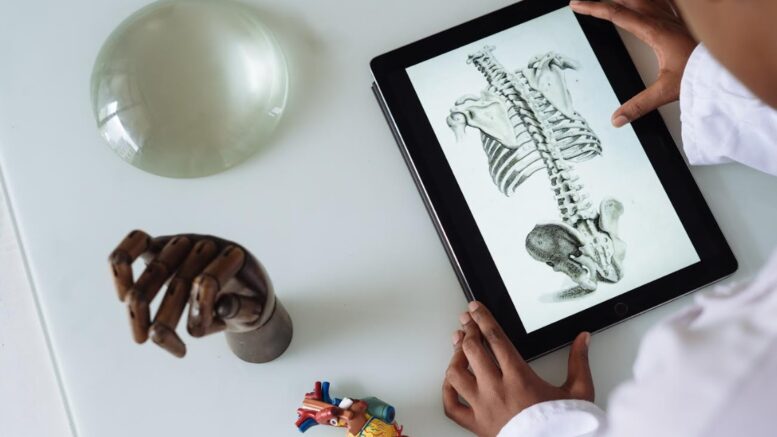A fundamental value of healthcare is patient confidentiality, which guarantees that patients’ private and medical information is kept private and safe. Maintaining patient anonymity is both ethically and legally required of medical professionals. Nonetheless, it has become harder to protect patient privacy as technology, and digital data have advanced. Therefore medical facilities must work proactively to enhance patient confidentiality.
Implement Confidentiality Policies:
Implementing confidentiality rules and procedures is the first step in enhancing patient confidentiality. These guidelines should spell out the actions that healthcare professionals must take to protect patient information and be founded on the principles of confidentiality. Administrative personnel, medical assistants, and doctors should all be informed of the medical practice’s confidentiality rules and procedures.
How to:
All parties involved in the medical practice, including the administrative staff, medical assistants, and physicians, should contribute to developing the confidentiality policy. The policy should specify the kind of data protected as classified, the conditions for sharing patient data, and the precautions that healthcare organizations should take to safeguard patient data.
Implement Regularly Train Your Staff:
Making sure your personnel is aware of the significance of patient confidentiality and the potential repercussion of a breach is one of the most critical stages in safeguarding patient privacy. Your personnel should get training on the ethical principles and legal responsibilities regarding the privacy of patient information. All employees, including receptionists, nurses, and doctors, should get this training.
How and What to Train:
You should provide frequent training sessions for your workers to ensure they are aware of the value of patient confidentiality. Regular training sessions will foster an organizational culture that values patient confidentiality and assists in emphasizing its significance.
What defines sensitive information, how to manage it, and the consequences of negligence should all be covered in training. Examples of scenarios where confidentiality may be jeopardized must also be discussed, such as talking about patients in public or leaving patient files unattended.

Implement Secure Electronic Medical Records:
The way medical practices handle patient information has been entirely transformed by electronic medical records (EMRs). EMRs offer several advantages, such as simple patient data access, enhanced patient care, and higher productivity. Yet, there is a possibility of cyber-attacks and data breaches.
How to:
It will help if you put security measures like password protection, encryption, and multi-factor authentication into place to protect your EMR system. It would be best if you only allowed authorized staff to access patient information, and this may be done by giving employees access to different tiers based on their work duties. Consider adding data anonymization tools to maintain strict control over patients’ private data and build a strong trust between patients and healthcare providers.
Safeguard Actual Patient Records:
Physical patient records are still commonly utilized in medical settings, even if electronic medical records have increasingly become the standard. Paper records, radiographs, and other tangible materials make up physical patient records. As a result, it’s crucial to guarantee that physical patient records are likewise secured.
How to:
Limiting access to tangible patient records is one method to keep them safe, and this can be accomplished by keeping them in a safe place that is only open to authorized individuals. A sign-in and sign-out mechanism should be put in place so that you can track when and by whom the patient information was accessed.
Also, it is advised that you keep actual patient documents in secure areas such as locked drawers or cupboards. Doing this will safeguard patient records against theft and illegal access. Physical patient records should be disposed of properly as well. Private documents can be destroyed in a secure container after being shredded, helping to fulfill this goal.
Maintain Private Communications with Patients:
The privacy of your patients goes beyond the confines of your medical office. It is crucial to guarantee the confidentiality of all patient communications, including phone conversations and emails. Any violation of confidentiality might harm the patient’s faith in the medical practice.
How to:
You must ensure that all discussions regarding a patient’s health and treatment are done in a secure environment from having their private data misused. While sharing sensitive and private information, secure chat services, encrypted email, or patient portals should be encouraged to maintain data privacy and improve health outcomes.
Conclusion:
Finally, safeguarding patient anonymity is an integral part of healthcare that should not be disregarded. Medical practices may increase patient confidentiality and guarantee patient information stays secret and safe by using the five methods listed above. Medical practices may create confidence in patients and offer the best possible care by prioritizing patient privacy.
